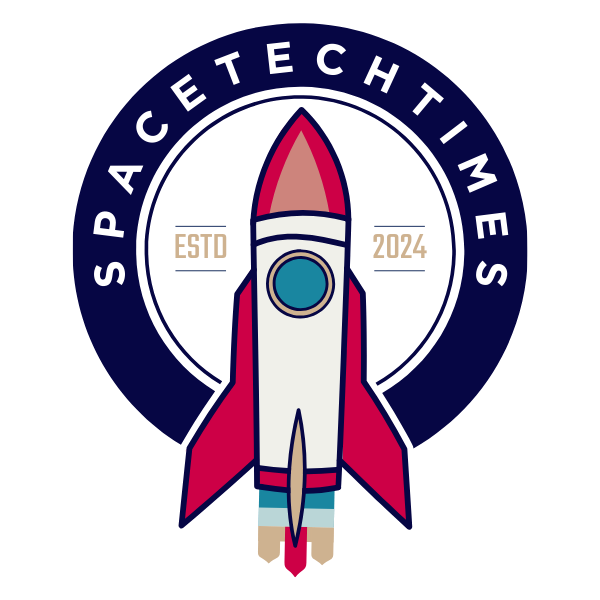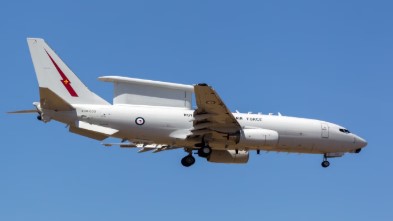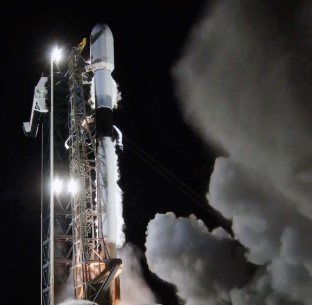High-Tech Help from Space for Australian Skies
The Royal Australian Air Force (RAAF) has added a powerful new system to one of its most important aircraft. A Starlink satellite internet system has now been installed on the E-7A Wedgetail aircraft. This is the first time that the Wedgetail, a highly advanced surveillance and control plane, will have access to high-speed internet across the globe. This major upgrade gives the aircraft new capabilities, especially in areas where normal communication is difficult or blocked.
The E-7A Wedgetail is based on a Boeing 737 aircraft and is specially modified to help manage air and sea missions. It is used to detect aircraft, ships, and even missile threats from far away. These aircraft are operated by No. 2 Squadron of the RAAF and are based at RAAF Base Williamtown. The Starlink system, made of many small satellites in space, gives the Wedgetail a strong and fast internet connection even when flying over oceans or remote regions. This is very useful for keeping in touch with other planes, ships, and control centers during missions.
The Starlink system also works well in places where normal communication signals are jammed or blocked. That makes it valuable for defense missions where staying connected is important. It helps the Wedgetail act as a central hub in the air, sharing information quickly and securely with other parts of the military.
Wedgetail’s Radar and Surveillance Strength
The E-7A Wedgetail is one of Australia’s key military tools. It acts like a flying control room. The aircraft helps manage fast-moving air and sea missions by detecting threats early and guiding other planes or ships to act. This is important in areas like the Indo-Pacific region, where the distances are large and the threats can come quickly.
One of the E-7A Wedgetail’s most important parts is its radar system. A special radar, called the Multi-role Electronically Scanned Array (MESA), is mounted on top of the aircraft. It looks like a flat, wide fin. This radar can detect objects in all directions, up to 600 kilometers away. Unlike older radars that spin around, this one doesn’t move. It uses electronic signals to scan the skies and seas very fast. This makes the radar more reliable and able to switch targets quickly during a mission.
In addition to radar, the E-7A has many other systems to gather information. It can listen for signals from other aircraft or ships, and figure out where they are. It also has systems to tell if another object is a friend or an unknown threat. The aircraft has radios and satellite systems that let it talk to other aircraft, ships, or bases on the ground. It acts like a flying relay station, passing information between different units so everyone stays updated.
Inside the Wedgetail, there are ten workstations for crew members who control missions. These operators help direct fighter jets, sea patrols, and ground defenses based on what the aircraft sees. This gives Australia a major advantage in any crisis, as information can be shared and acted on in real-time.
Fast Upgrade and Global Interest
The installation of the Starlink system on the E-7A Wedgetail took just eight months, from planning to flight. The aircraft completed its first mission with Starlink in mid-February 2024. This quick upgrade was managed by the RAAF’s systems team responsible for airborne surveillance and intelligence equipment.
This upgrade is part of a broader effort to make the Wedgetail even more capable in today’s changing world. So far, Australia operates six E-7A Wedgetail aircraft. These have been used in many important missions, not just in the region but also in other parts of the world. The aircraft have taken part in security operations in the Middle East and more recently in Europe, under Operation Kudu. Their performance has made them one of the top airborne early warning and control (AEW&C) platforms used today.
Other countries have also shown interest in the E-7A. The United States and the United Kingdom are both preparing their own versions of the Wedgetail. Military personnel from these countries are working closely with the RAAF to learn more about operating and managing these aircraft. This cooperation helps improve shared strategies and makes it easier for allied forces to work together using the same tools and systems.
In addition to the Starlink upgrade, Australia has announced a budget of A$569 million to continue improving the Wedgetail fleet. This includes better equipment on the aircraft and improvements to the systems on the ground. With the rise of advanced threats such as long-range missiles, electronic jamming, and unusual warfare tactics, the E-7A Wedgetail remains a vital part of keeping Australia’s skies safe.




